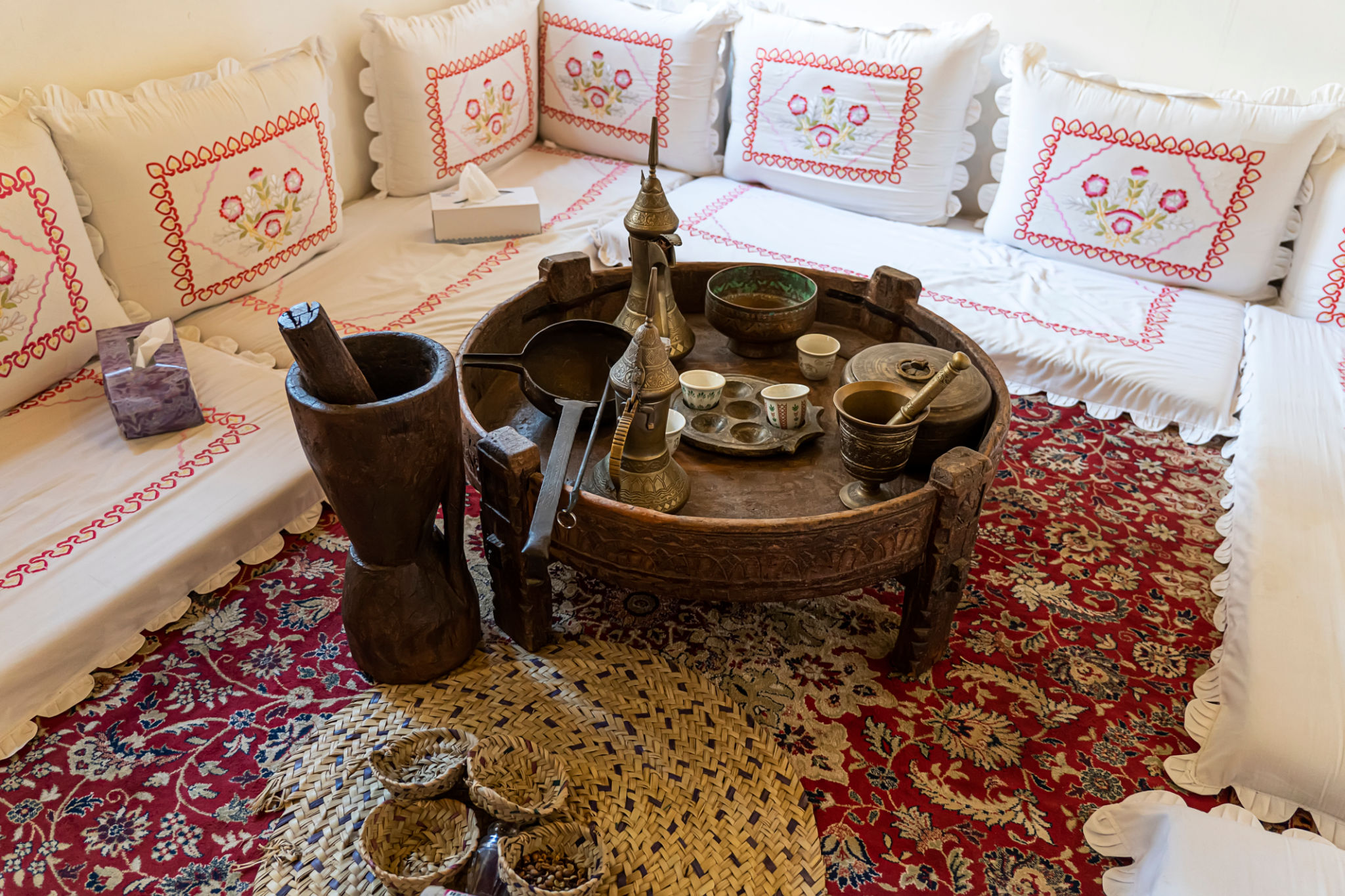The Cultural Significance of Coffee in the Middle East
TM
Introduction to Coffee's Role in Middle Eastern Culture
The Middle East is often referred to as the birthplace of coffee, and it holds an essential place in the region's cultural fabric. The origin of coffee in this part of the world is deeply intertwined with social customs and traditional practices. From the bustling streets of Istanbul to the serene deserts of Saudi Arabia, coffee serves not just as a beverage but as a vital part of daily life.
Though coffee is a global commodity today, its roots can be traced back to the Middle East, where it was first cultivated and consumed. The significance of coffee in Middle Eastern culture extends beyond mere consumption; it represents hospitality, a symbol of warmth and connection among people.

The Historic Journey of Coffee
Coffee's journey began in the Arab world, specifically in Yemen during the 15th century. It spread quickly through the trade routes to other parts of the Middle East, North Africa, and eventually Europe. The coffeehouses or "qahveh khaneh" became popular gathering places for intellectuals and artists, fostering a culture of conversation and exchange of ideas.
These establishments were more than just places to drink coffee; they were centers of social life. They played a significant role in the development of art, music, and literature in the region. The rich history of coffeehouses reflects the broader cultural and historical shifts that have shaped the Middle East over centuries.
Coffee as a Symbol of Hospitality
In Middle Eastern culture, offering coffee is synonymous with hospitality. Serving coffee to guests is considered a sign of respect and generosity. In many countries, such as Jordan and Lebanon, it is customary to serve coffee during important ceremonies like weddings or religious events. The act of serving coffee is deeply ritualistic, often accompanied by specific etiquette.

This emphasis on hospitality can be seen in the traditional method of serving Arabic coffee, known as "qahwa". The preparation involves brewing lightly roasted coffee beans with cardamom, resulting in a distinctive flavor that is both aromatic and inviting. The process itself becomes a communal activity that strengthens bonds among family and friends.
The Rituals of Coffee Consumption
Coffee drinking in the Middle East is steeped in ritual. The process of making and serving coffee is often ceremonial, involving a series of steps that reflect respect for both the beverage and the guests. Traditional coffee pots, known as "dallah", are used to brew and serve coffee in small cups called "finjan".
In many cultures within the region, refusal to drink coffee offered by a host can be considered impolite. This highlights the deep-rooted significance of coffee as a binding social element. The shared experience of drinking coffee fosters communication and understanding among people from diverse backgrounds.

Coffee's Modern Influence
While traditional practices remain strong, the modern Middle East has also embraced new trends in coffee culture. Specialty cafes offering various blends and brewing techniques have become popular urban hubs, mirroring contemporary global trends while still respecting local traditions.
These modern establishments have introduced new flavors and styles to the classic drink while maintaining the essence of Middle Eastern hospitality. The fusion of old and new has created a dynamic coffee culture that continues to evolve while honoring its storied past.
Conclusion
The cultural significance of coffee in the Middle East is a testament to its enduring legacy. From its origins as a simple beverage to its role in social rituals and modern cafes, coffee remains an integral part of life in the region. It symbolizes not just hospitality but also community, dialogue, and tradition.
As you sip your next cup of coffee, take a moment to appreciate its rich heritage that has traveled through time and space, connecting people across continents. This humble drink truly holds a world of stories within its aromatic depths.
